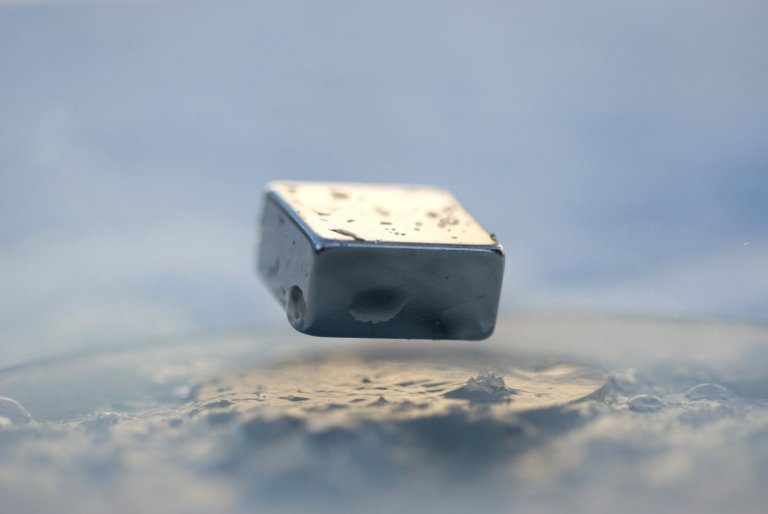
© Julien Bobroff / CNRS Images
View the mediaFolder
While it may have been discovered years ago, it will certainly play a huge role in shaping our future… Find out how superconductivity is likely to change our lives for years to come.

© Julien Bobroff / CNRS Images
View the mediaOn 8 April 1911, while studying mercury at a temperature close to absolute zero, Dutch physicist Heike Kamerlingh Onnes observed, for the first time ever, a fascinating physical phenomenon: superconductivity. More than a hundred years later, his discovery has become the focus of a vast amount of research at laboratories worldwide, in the quest to reveal its secrets, but also to develop optimal applications in fields as diverse as medical imaging, electricity transmission, and quantum computing. Step back with us into the past and then forward into the future of superconductivity.
Our work is guided by the way scientists question the world around them and we translate their research into images to help people to understand the world better and to awaken their curiosity and wonderment.